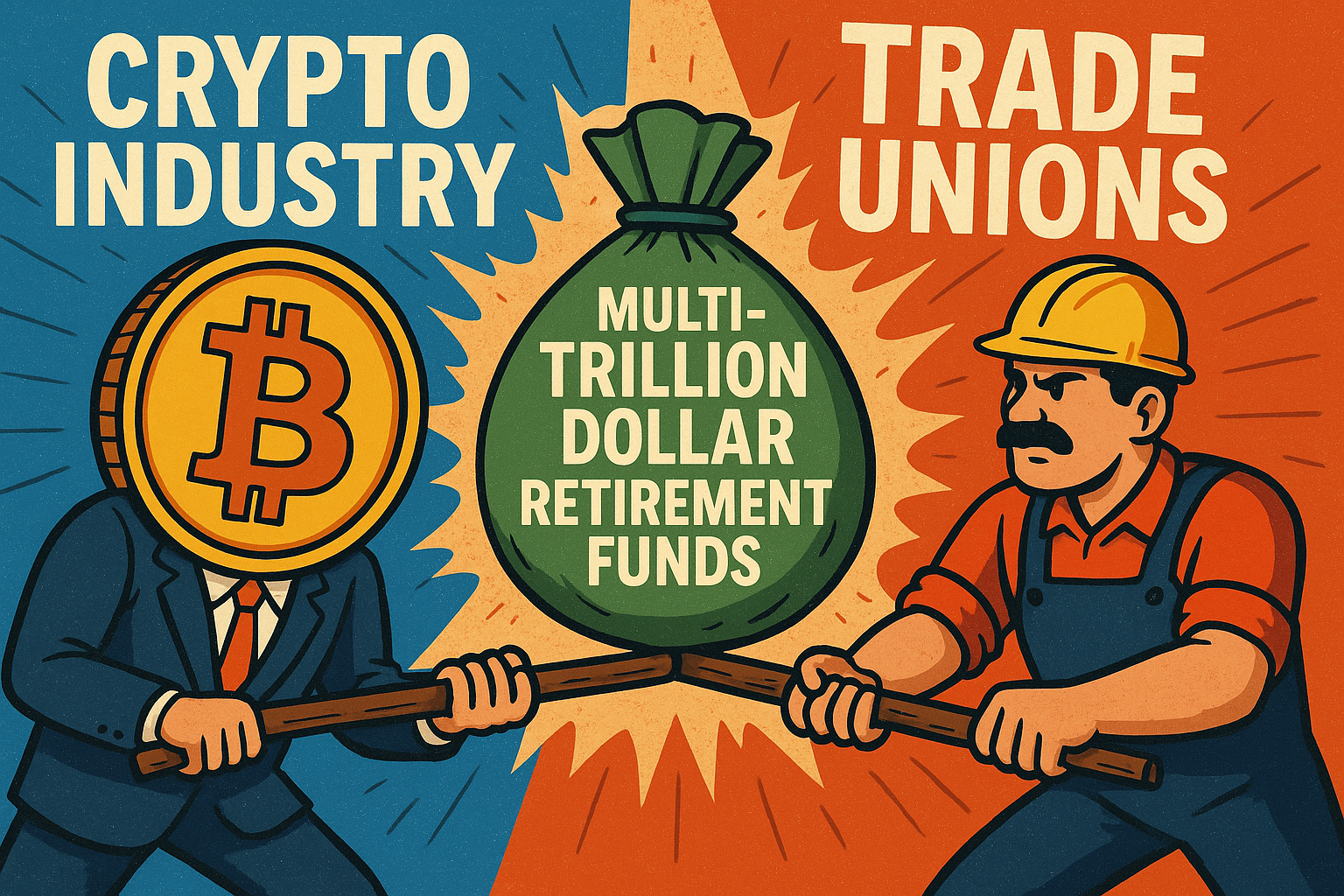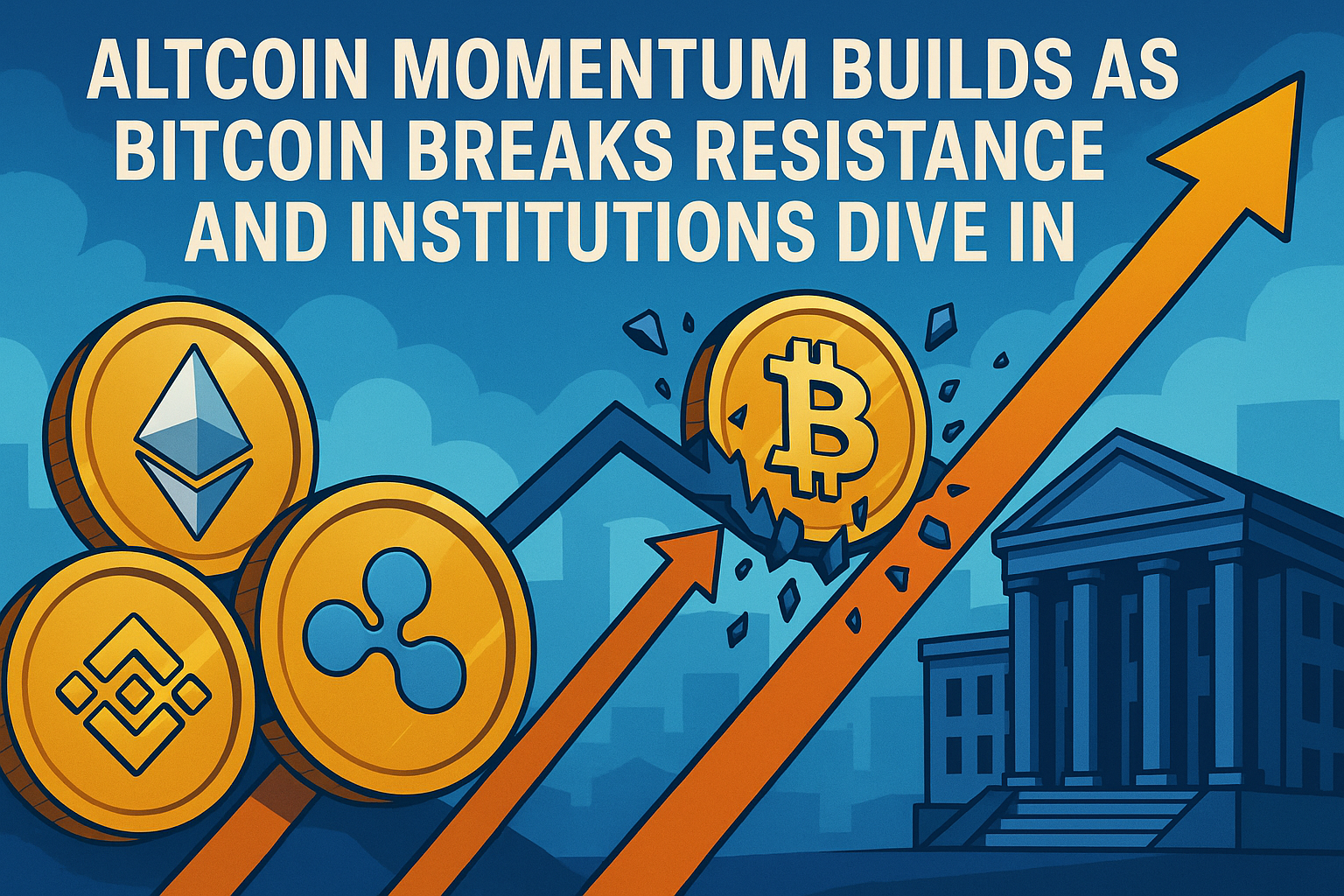Table of Contents
Oil trading is a complex and dynamic activity that involves various types of contracts and markets. One of the most important aspects of oil trading is the forward price, which is the price agreed today for a delivery of oil at a specified future date.
Forward prices reflect the expectations and preferences of buyers and sellers of oil, as well as the supply and demand conditions in the physical and financial markets. Visit www.bit-qt.app which is a cryptocurrency platform that can provide useful insights and tools for traders to make informed decisions in this complex market.
What are forward prices?
Forward prices are not the same as spot prices, which are the prices paid for immediate or near-term delivery of oil. Spot prices are influenced by current events and market conditions, such as weather, geopolitics, inventory levels, production outages, and transportation bottlenecks. Spot prices can be volatile and unpredictable, especially in times of crisis or uncertainty.
Forward prices, on the other hand, are based on the expectations of future spot prices, as well as the cost of storage, transportation, and financing. Forward prices can be derived from futures contracts or OTC contracts. Futures contracts are standardized agreements to buy or sell oil at a specified price and date on an exchange. OTC contracts are customized agreements between two parties to buy or sell oil at a specified price and date outside an exchange.
How do forward prices affect oil trading?
Forward prices have significant effects on oil trading in both physical and financial markets. In the physical market, forward prices influence the decisions of producers and consumers of oil regarding their production plans, inventory management, investment strategies, and hedging activities. For example:
- Producers may adjust their output depending on whether the forward prices are higher or lower than their production costs and expected spot prices.
- Consumers may adjust their demand depending on whether the forward prices are higher or lower than their consumption costs and expected spot prices.
- Producers and consumers may use forward contracts or futures contracts to lock in a favorable price for their future transactions and hedge against price fluctuations.
- Producers and consumers may also use options contracts to gain exposure to price movements or protect against downside risks.
In the financial market, forward prices influence the decisions of speculators, hedgers, and arbitrageurs who trade oil-related instruments such as futures contracts, options contracts, swaps contracts, ETFs, and stocks. For example:
- Speculators may buy or sell futures contracts or options contracts based on their expectations of future spot prices and forward prices.
- Hedgers may use futures contracts or options contracts to reduce their exposure to price risks in the physical market or other financial instruments.
- Arbitrageurs may exploit price differences or inefficiencies between different markets or instruments by buying low and selling high.
How do forward prices change over time?
Forward prices change over time in response to new information and market conditions. The shape of the forward curve, which is the graphical representation of the forward prices over time, can indicate the market's expectations and sentiments about the future direction of oil prices.
There are three main shapes of the forward curve: contango, backwardation, and flat.
- Contango: A contango forward curve occurs when the forward prices are higher than the spot price, indicating that the market expects the spot price to rise in the future.
- Backwardation: A backwardation forward curve occurs when the forward prices are lower than the spot price, indicating that the market expects the spot price to fall in the future.
- Flat: A flat forward curve occurs when the forward prices are equal or close to the spot price, indicating that the market expects no significant change in the spot price in the future.
The shape of the forward curve can change from one day to another depending on various factors that affect oil prices. For example, an unexpected disruption in oil supply or an unexpected increase in oil production can cause a spike or a drop in spot prices and create a backwardation or a contango curve.
Conclusion
Forward prices are an essential component of oil trading that reflect the expectations and preferences of buyers and sellers of oil in both physical and financial markets. Forward prices affect oil trading decisions regarding production plans, inventory management, investment strategies, hedging activities, speculation opportunities, arbitrage opportunities, and risk management. Forward prices change over time in response to new information and market conditions, creating different shapes of the forward curve that indicate different market scenarios and sentiments. Traders use forward prices to execute various trading strategies based on their views on oil price movements and their risk appetite.




